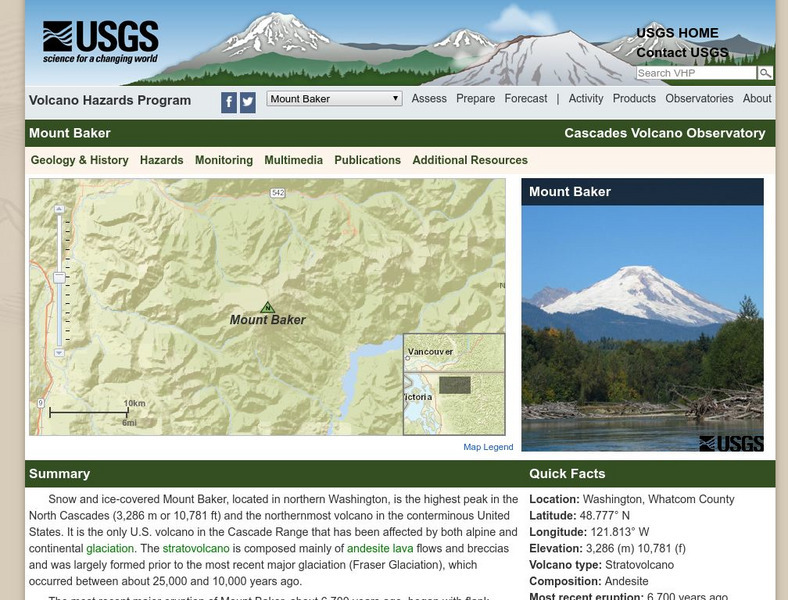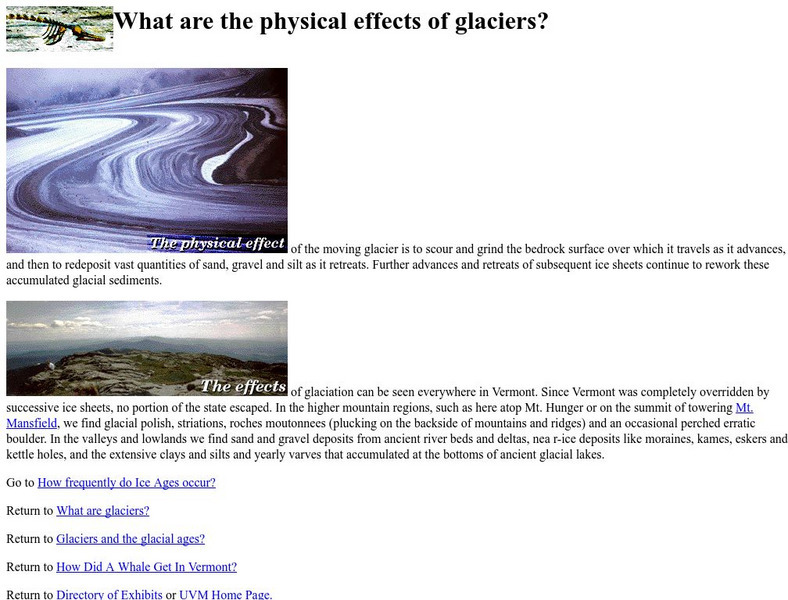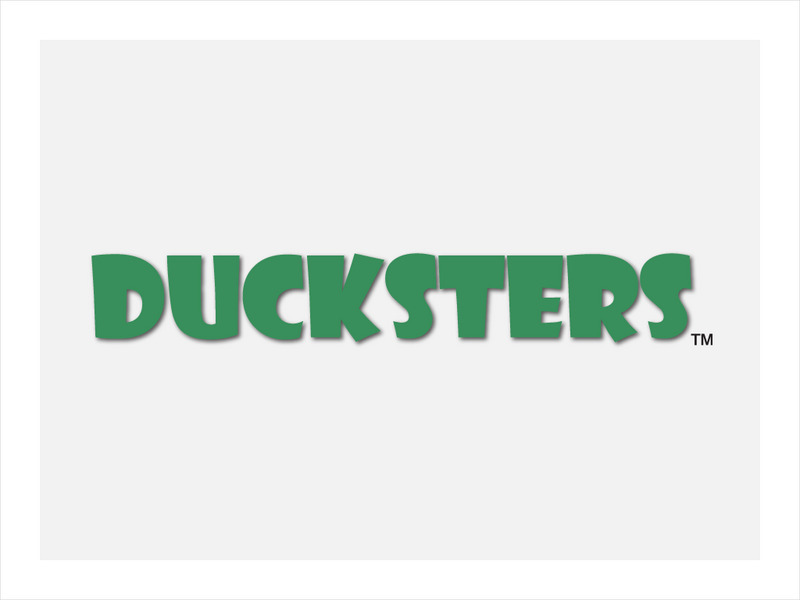It's About Time
Paleoclimates
How do scientists know what the Earth was like in the past? This second installment of a six-part series focuses on paleoclimates and provides an overview of how geologists determine information about past climates using fossil...
Curated OER
Glaciers: Then and Now
A large data table is given to your elementary earth scientists in which they record observations that they make while viewing pictures of Alaskan glaciers. They compare and contrast recent photos with older photos. Hold a discussion...
Curated OER
Changing Planet: Melting Glaciers
Resource links to a video, satellite images, data, and photographs of glaciers provide emerging earth scientists the opportunity to examine how the ice has been retreating over the years. A data table is included for pupils to record...
Curated OER
Geographic Landforms
Each slide is a simple notebook page with one landform in blue and its definition in red. There are 26 vocabulary terms in all, some you may want to use, and others easily hidden. It is recommended that you add photos or other graphic...
Curated OER
Elements of Chemistry: Solids, Liquids and Gases
Learners predict if icebergs melting has an effect on the sea level rising. In this global warming lesson students complete an experiment to see the effects of melting icebergs and write a conclusion on their data collected.
Curated OER
The Little Ice Age
In this Little Ice Age worksheet, students read about changes in weather and temperature resulting in changes in rain fall and glacier movement. Students answer three critical thinking questions about the Little Ice Age that occurred as...
Curated OER
Creeping Sheets of Ice
Students conduct scientific investigation in which they observe glacial
effects on landscape, develop and explain their own theories of how glaciers change land, and demonstrate understanding and explain basic motion and force principles.
Curated OER
Cold Hard Facts...What Inquiring Minds Will Know
Students work with "ice" in order to gain a practical application of math concepts that evolve into an inquiry-based study. They determine if the dimensions of the ice make a difference in the way the ice floats in the water.
Curated OER
How to Make a Lake
Students examine the Michigan state quarter and discuss the effects glaciers have on land formation. They perform an investigate using ice cubes and sand to show how glaciers have carved the land.
Curated OER
Erosion
Students model rain erosion. In this erosion lesson, students construct a landscape out of sand and dirt in a metal pan. They make it rain on the landscape and observe the erosion that occurs.
Curated OER
GED Vocabulary: Earth and Space Science-Earthquakes
In this earth and space science worksheet, students complete a crossword puzzle given 7 clues and a word bank on topics such as earthquakes, erosion, galaxies and weathering.
Curated OER
GED Vocabulary: Earth and Space Science-Glaciers and Populations
In this earth and space science instructional activity, students complete a crossword puzzle given 7 clues and a word bank on topics such as glaciers, weathering and population density.
Curated OER
GED Vocabulary: Earth and Space Science-Planets, Nuclear Power and the Earth
In this earth and space science worksheet, students complete a crossword puzzle given 9 clues and a word bank on topics such as glaciers, the solar system, nuclear power plants and earthquakes.
Curated OER
Pressure Melting of Ice: While-U-Wait
Students demonstrates one of the few cases in which geologic solids visibly deform at room conditions. They suspend a weight on a thin wire over an ice cube to observe its effects over time.
Curated OER
The Earth's Crust
Students use clay to form models of the different landforms and then complete a data table using a map, atlas, or the Internet to locate famous landforms in the United States. Students complete various activities, writing down their...
Curated OER
Where Have All the Glaciers Gone?
Fourth graders discover that scientists examine evidence from around the world in order to explain global climate change. They see that records of climate change exist, and describe photographs interpreting changes in glaciers over time.
Curated OER
Icebergs Ahead!
Students experiment with density of ice, and examine how density affects how icebergs float in water.
NPR: National Public Radio
Npr: Greenland: Ice on the Move
NPR offers a photographic slide show on the status of Greenland's ice glaciers as they start to melt and the consequences of the melting for the future.
US Geological Survey
Usgs: Mount Baker Volcano, Washington
Provides detailed information on Mount Baker as well as information on glaciers, hydrology, lakes and drainages and other points of interest.
US Geological Survey
Us Geological Survey: Glaciers and Ice Caps: Storehouses of Fresh Water
Locate glaciers and ice caps on a world map at this USGS site. Read about the formation of galciers and other interesting facts. Learn about the effects glaciers have on the landscape, and of their importance for our fresh water supplies.
Other
University of Vermont: What Are the Physical Effects of Glaciers?
See what a glacier in Vermont has done to a mountain. What marks did it leave behind? Click on this site and find out!
Ducksters
Ducksters: Earth Science for Kids: Glaciers
Kids learn about the Earth science subject of glaciers including how they form, types of glaciers, geological features, how they flow, and interesting facts.























